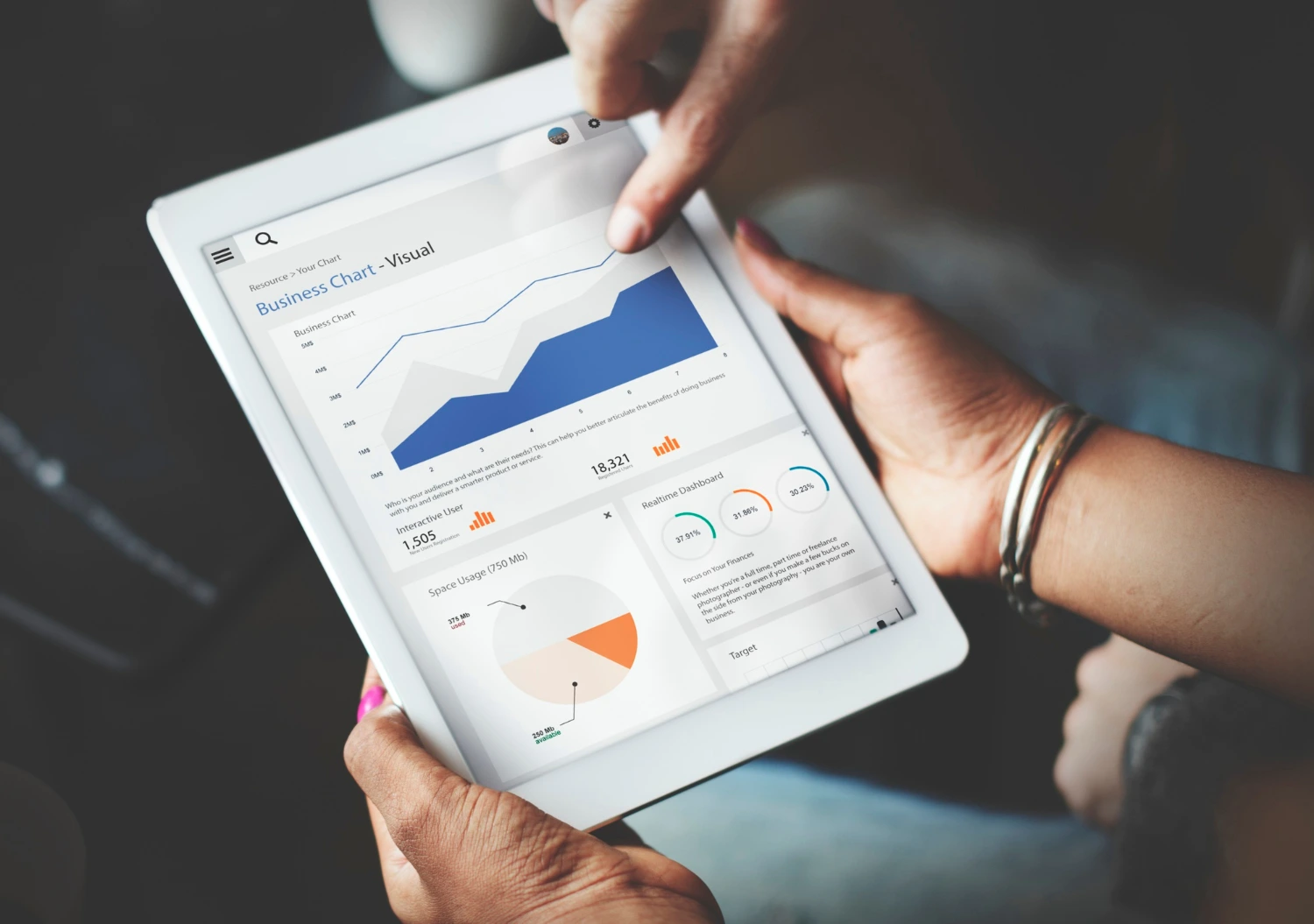 Introduction
Introduction
 In today's data-driven business environment, companies are progressively searching for methods to utilize analytics for better decision-making. One such organization, Acme Corporation, a mid-sized retail business, recognized the need for a comprehensive solution to streamline its sales efficiency analysis. This case study describes the development and application of a Power BI dashboard that transformed Acme's data into actionable insights.
In today's data-driven business environment, companies are progressively searching for methods to utilize analytics for better decision-making. One such organization, Acme Corporation, a mid-sized retail business, recognized the need for a comprehensive solution to streamline its sales efficiency analysis. This case study describes the development and application of a Power BI dashboard that transformed Acme's data into actionable insights.
Background
Acme Corporation had been dealing with challenges in imagining and examining its sales data. The existing method relied greatly on spreadsheets that were troublesome to handle and prone to errors. Senior management often found themselves investing valuable time deciphering data patterns across numerous different reports, leading to postponed decision-making. The goal was to create a central, user-friendly dashboard that would allow real-time monitoring of sales metrics and help with better strategic preparation.
Objective
The primary goals of the Power BI dashboard task consisted of:
- Centralization of Sales Data: Integrate data from numerous sources into one accessible place.
- Real-time Analysis: Enable real-time updates to sales figures, permitting prompt choices based upon existing performance.
- Visualization: Create visually appealing and intuitive charts and charts for non-technical users.
- Customization: Empower users to filter and manipulate reports according to differing business requirements.
Process Data Visualization Consultant- Requirements Gathering:
The very first step included interesting stakeholders in discussions to understand their requirements. This consisted of input from sales groups, marketing departments, and senior management. Key efficiency signs (KPIs) such as total sales, sales by item category, and sales trends with time were determined as focus areas.
- Data Preparation:
The data sources were identified, consisting of SAP for transactional data, an SQL database for client information, and an Excel sheet for promotional campaigns. A data cleaning process was initiated to guarantee and eliminate inconsistencies accuracy. Additionally, the data was transformed into a structured format compatible with Power BI.
- Dashboard Design:
With the requirements described, the design stage commenced. Wireframes were produced to visualize the control panel design. The group concentrated on developing an intuitive user experience, placing vital metrics in popular areas while guaranteeing the style was clean, with a consistent color pattern reflecting the business branding.
- Development:
Using Power BI Desktop, the group started the development of the dashboard. Essential features consisted of interactive visuals such as slicers for product categories and geographical areas, permitting users to drill down into particular data points. DAX (Data Analysis Expressions) was employed to create determined fields, such as year-over-year growth rates.
- Testing and Feedback:
A preliminary variation of the dashboard was shown chosen stakeholders for testing. User feedback was invaluable; it caused adjustments such as enhancing load times, enhancing visual clearness, and including new functions like trend analysis over different amount of time. The iterative technique to development guaranteed that the final product satisfied user expectations.
- Deployment:
Once the dashboard was finalized, the implementation stage commenced. The Power BI service was utilized for sharing functions; users were trained on dashboard navigation and functionality. Documentation was offered to assist with continuous usage and upkeep.
Results and Impact
The execution of the Power BI control panel had an extensive effect on Acme Corporation. Key results consisted of:

- Increased Speed of Decision-Making: The real-time data access enabled management to make informed decisions much faster, reacting rapidly to changing market conditions.
- Enhanced Data Literacy: Sales teams, at first uncertain about data analysis, ended up being more positive in translating reports. The user-friendly user interface encouraged exploration and self-service analytics.
- Improved Sales Performance: By determining underperforming items, the sales team could take targeted actions to deal with spaces. This resulted in a 20% increase in sales in the following quarter.
- Cost Savings: Streamlining data visualization removed the requirement for extensive report generation, conserving man-hours and reducing possibilities of errors incurred through manual processes.
ConclusionThe advancement and application of the Power BI dashboard at Acme Corporation is a testament to how reliable data visualization can transform sales performance analysis. By prioritizing user-centric style and continuously iterating based upon feedback, Acme had the ability to produce a powerful tool that not only pleases present analytical needs but is likewise scalable for future development. As businesses continue to welcome data analytics, this case study acts as a blueprint for organizations aiming to harness the complete capacity of their data through interactive and informative dashboards.
